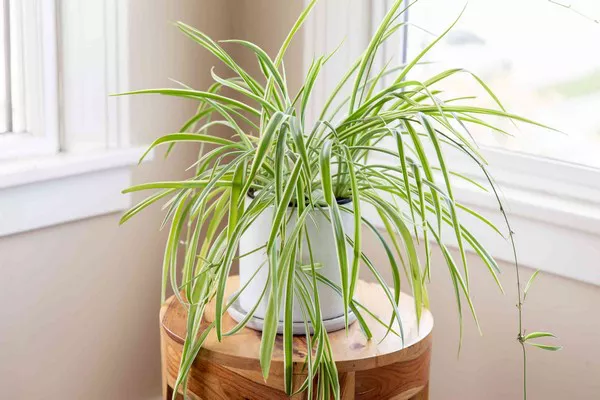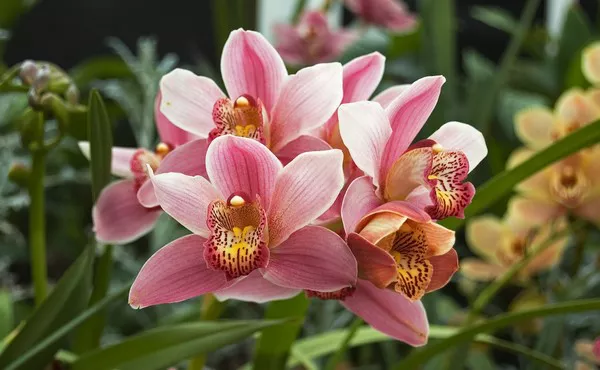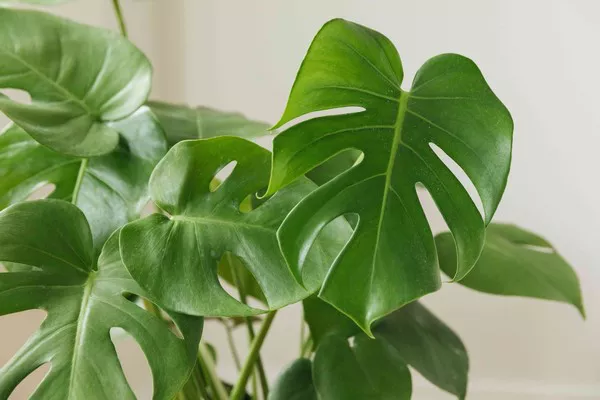Gardening at high altitudes presents unique challenges and opportunities. From harsher climates to shorter growing seasons, high-altitude gardens require plants that are hardy, adaptable, and capable of thriving in cooler temperatures and varying conditions. Whether you’re a mountain dweller or simply seeking to explore high-altitude gardening, this guide introduces 15 resilient plants that flourish in elevated environments. Let’s delve into these botanical wonders and discover their suitability for high-altitude cultivation.
15 Best Plants for Elevated Environments
1. Alpine Aster (Aster alpinus)
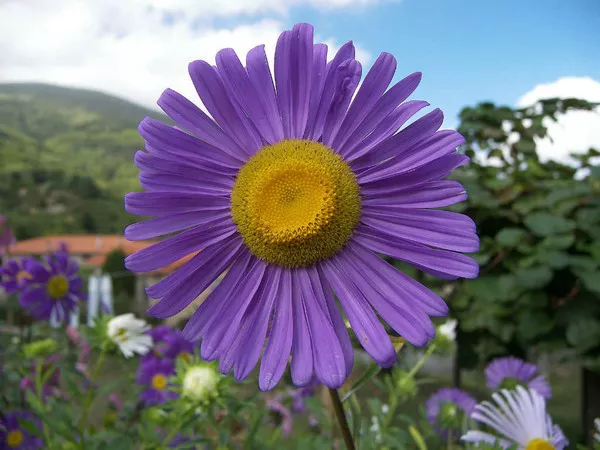
Description: Alpine aster is a perennial flowering plant native to mountainous regions of Europe and Asia. It produces daisy-like flowers in shades of purple, pink, and white, blooming from late spring to early summer.
Growing Conditions: Alpine asters prefer well-drained soil and full sun to partial shade. They are hardy and can withstand cold temperatures typical of high altitudes.
Special Considerations: Deadheading spent flowers promotes continuous blooming. Divide clumps every few years to maintain plant vigor.
See Also: Top 10 Most Beautiful Purple Flowers in the World
2. Rocky Mountain Penstemon (Penstemon strictus)
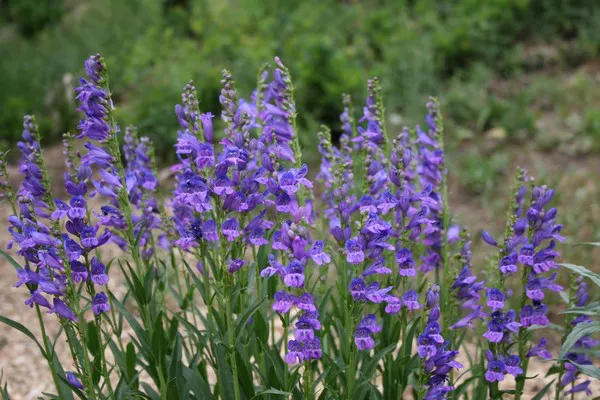
Description: Rocky Mountain penstemon is a herbaceous perennial known for its spikes of tubular, blue-purple flowers that attract pollinators like bees and hummingbirds.
Growing Conditions: This plant thrives in well-drained, sandy soil and full sun. It is drought-tolerant once established and can endure high altitude conditions.
Special Considerations: Cut back stems after flowering to encourage a second bloom. Divide every 3-4 years to rejuvenate older plants.
3. Iceland Poppy (Papaver nudicaule)
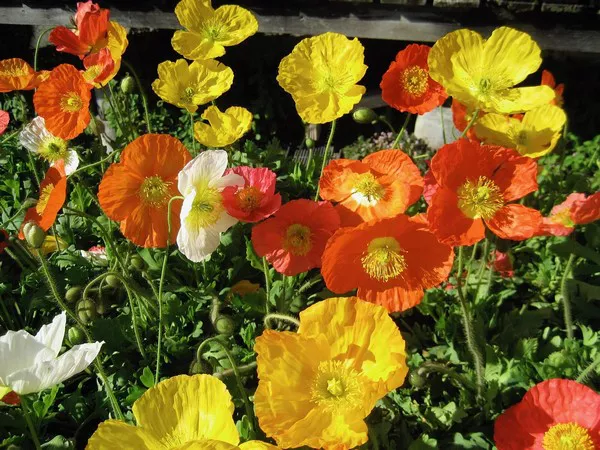
Description: Iceland poppy is a biennial or short-lived perennial with delicate, papery flowers in shades of yellow, orange, pink, and white. It blooms profusely in cool weather.
Growing Conditions: Prefers well-drained soil and full sun. It thrives in cool climates and is ideal for high-altitude gardens with short growing seasons.
Special Considerations: Deadhead spent flowers to prolong blooming. Self-seeds readily but may not persist in hot summer conditions.
4. Edelweiss (Leontopodium alpinum)
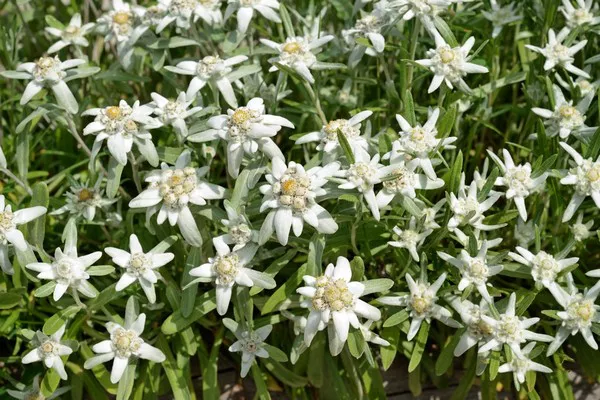
Description: Edelweiss is a perennial herb known for its white, star-shaped flowers with woolly, silver-gray foliage. It symbolizes alpine regions and thrives in rocky, well-drained soil.
Growing Conditions: Requires full sun and good air circulation. It prefers cooler temperatures and can tolerate rocky, nutrient-poor soils typical of high altitudes.
Special Considerations: Protect from excessive moisture, which can cause root rot. Divide clumps every 3-4 years to maintain plant health.
5. Alpine Forget-Me-Not (Myosotis alpestris)
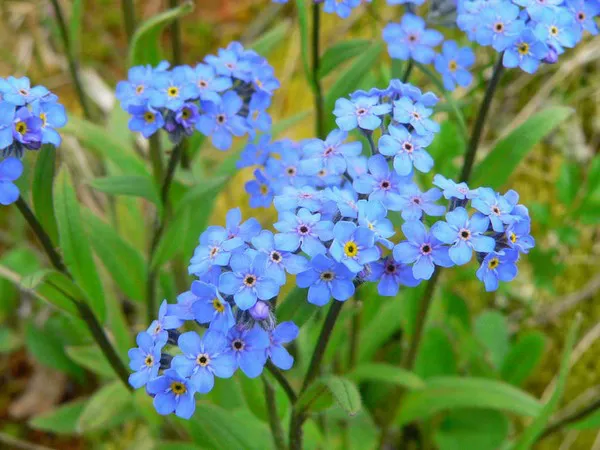
Description: Alpine forget-me-not is a low-growing perennial with clusters of tiny, sky-blue flowers with yellow centers. It blooms profusely in spring and early summer.
Growing Conditions: Thrives in moist, well-drained soil and partial shade. It prefers cooler temperatures and is well-suited to high-altitude gardens.
Special Considerations: Self-seeds readily but may not persist in hot, dry conditions. Deadhead spent flowers to promote continuous blooming.
6. Snow in Summer (Cerastium tomentosum)
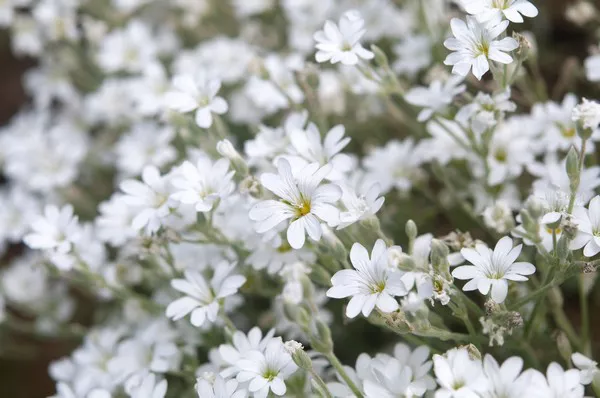
Description: Snow in summer is a low-growing perennial with silvery-gray foliage covered in a blanket of white flowers in late spring to early summer.
Growing Conditions: Prefers well-drained, sandy soil and full sun. It is drought-tolerant once established and can withstand harsh conditions at high altitudes.
Special Considerations: Trim back after flowering to maintain compact growth. It can be invasive in ideal conditions; divide plants regularly to control spread.
7. High Altitude Blueberry (Vaccinium myrtillus)
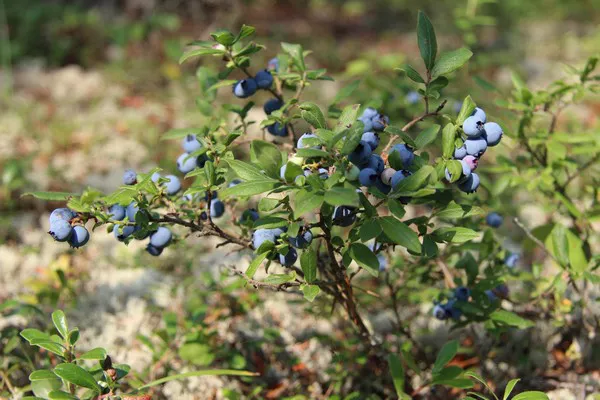
Description: High altitude blueberry, also known as bilberry, is a deciduous shrub producing small, flavorful berries that are dark blue to purple-black when ripe.
Growing Conditions: Requires acidic, well-drained soil and partial shade. It thrives in cooler climates and is adapted to high-altitude environments.
Special Considerations: Prune to encourage new growth and fruiting. Protect from late frosts that can damage blossoms and developing fruit.
8. Mountain Avens (Dryas octopetala)
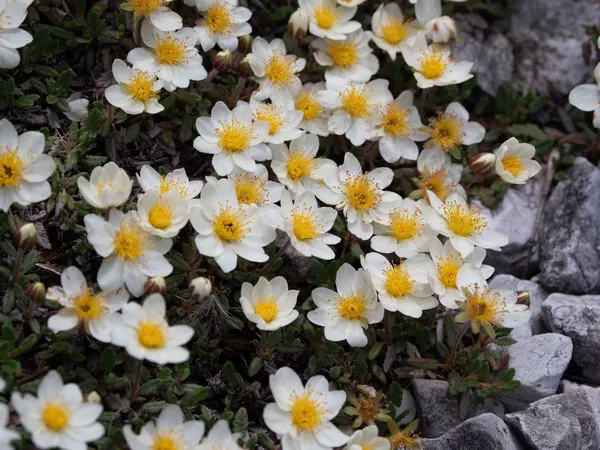
Description: Mountain avens is a low-growing evergreen shrub with white, saucer-shaped flowers and silvery-green foliage. It blooms in late spring to early summer.
Growing Conditions: Prefers well-drained, sandy soil and full sun. It is cold-hardy and adapted to harsh conditions found at high altitudes.
Special Considerations: Deadhead spent flowers to promote continuous blooming. Divide clumps every few years to maintain plant vigor.
9. Dwarf Alpine Rhododendron (Rhododendron impeditum)
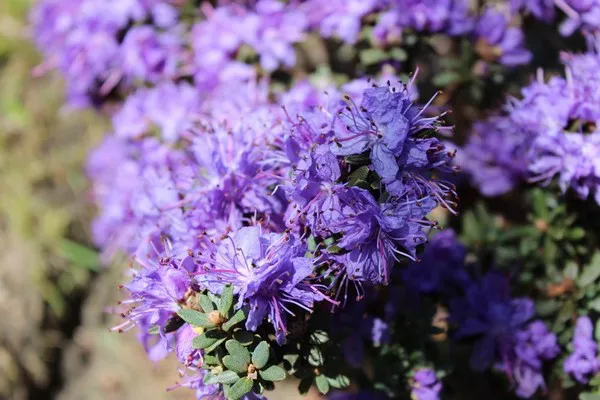
Description: Dwarf alpine rhododendron is a compact shrub with small, leathery leaves and clusters of lavender-blue flowers. It blooms in late spring to early summer.
Growing Conditions: Requires acidic, well-drained soil and partial shade. It is cold-hardy and ideal for high-altitude gardens with shorter growing seasons.
Special Considerations: Protect from winter sun and drying winds. Prune after flowering to shape and encourage new growth.
10. Mountain Arnica (Arnica montana)
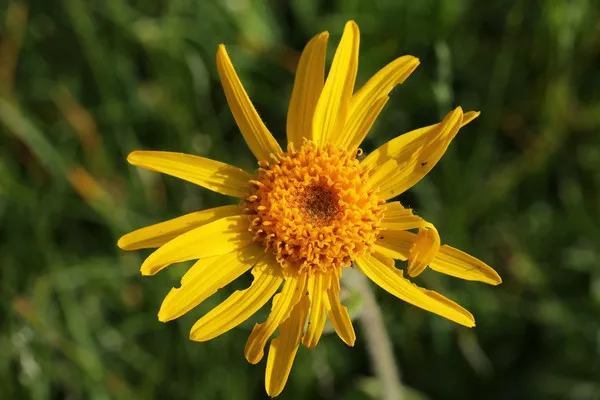
Description: Mountain arnica is a perennial herb with bright yellow, daisy-like flowers and aromatic foliage. It blooms in mid to late summer.
Growing Conditions: Thrives in well-drained, sandy soil and full sun to partial shade. It is drought-tolerant once established and can endure high altitudes.
Special Considerations: Harvest flowers for medicinal use in ointments and salves. Divide clumps every few years to rejuvenate older plants.
11. Alpine Columbine (Aquilegia alpina)
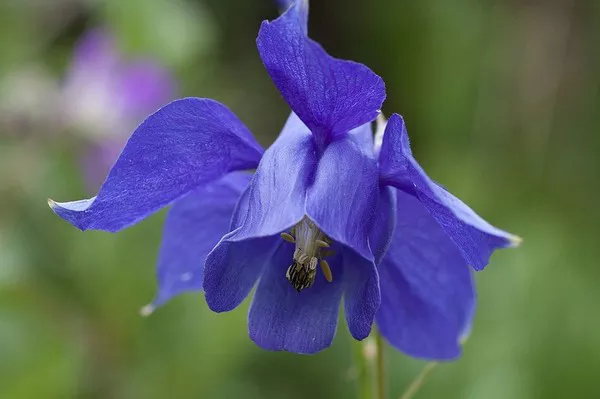
Description: Alpine columbine is a perennial with delicate, nodding flowers in shades of blue, purple, and white. It blooms in late spring to early summer.
Growing Conditions: Prefers fertile, well-drained soil and partial shade. It thrives in cooler temperatures and is well-suited to high-altitude gardens.
Special Considerations: Deadhead spent flowers to promote continuous blooming. Divide clumps every 3-4 years to maintain plant vigor.
12. High Altitude Lavender (Lavandula angustifolia)
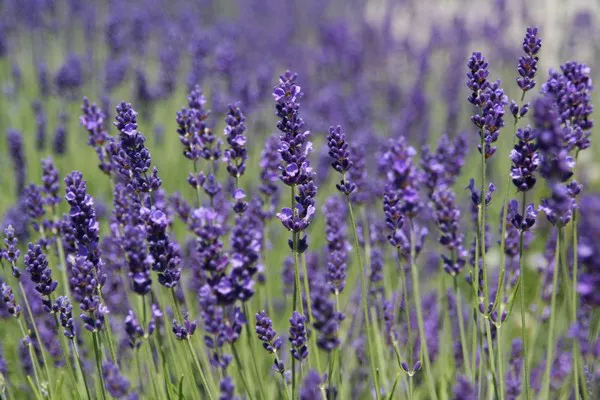
Description: High altitude lavender is a perennial herb with aromatic foliage and spikes of purple-blue flowers. It blooms from late spring to early summer.
Growing Conditions: Requires well-drained, alkaline soil and full sun. It is drought-tolerant once established and thrives in sunny, rocky slopes at high altitudes.
Special Considerations: Prune after flowering to maintain shape and promote new growth. Harvest flowers for culinary and medicinal use.
13. High Altitude Sage (Salvia officinalis)
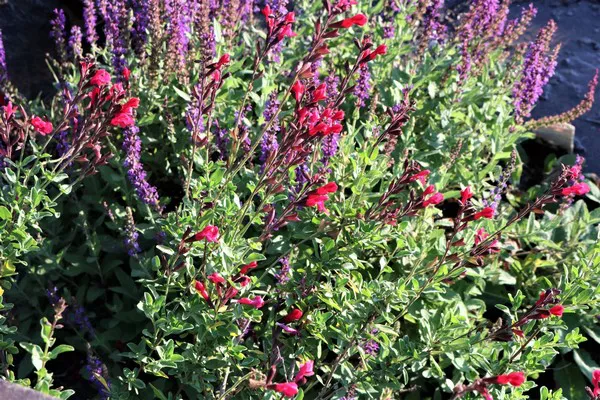
Description: High altitude sage is a woody perennial herb with gray-green foliage and spikes of purple-blue flowers. It blooms in summer and attracts pollinators.
Growing Conditions: Thrives in well-drained, alkaline soil and full sun. It is drought-tolerant once established and can withstand high altitude conditions.
Special Considerations: Prune regularly to maintain shape and encourage new growth. Harvest leaves for culinary and medicinal use.
14. High Altitude Thyme (Thymus vulgaris)
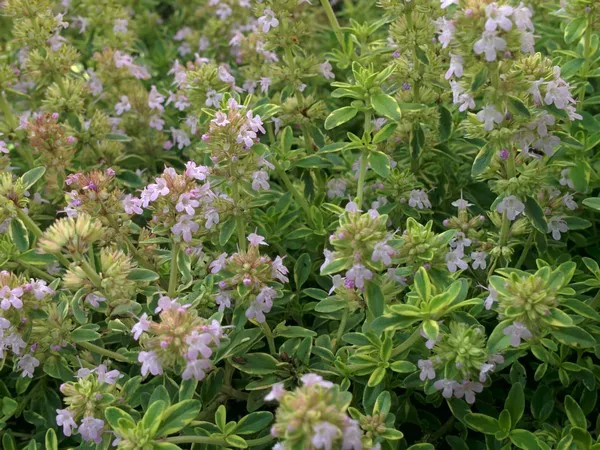
Description: High altitude thyme is a low-growing perennial herb with tiny, aromatic leaves and clusters of pink to purple flowers. It blooms in summer.
Growing Conditions: Prefers well-drained, sandy soil and full sun. It is drought-tolerant once established and thrives in rocky, high altitude environments.
Special Considerations: Trim back after flowering to maintain compact growth. Harvest leaves for culinary and medicinal use.
15. Alpine Strawberry (Fragaria vesca)
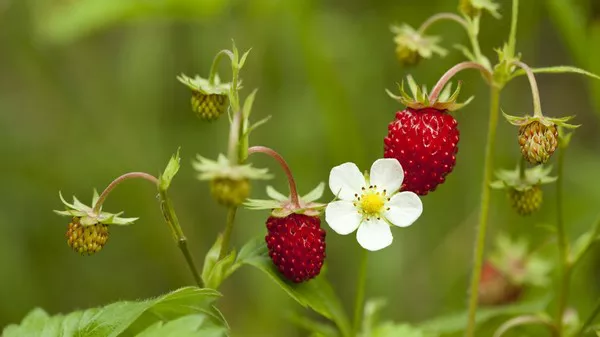
Description: Alpine strawberry is a perennial herb with small, sweet strawberries and delicate foliage. It produces fruit from spring to fall in cool climates.
Growing Conditions: Thrives in well-drained, fertile soil and full sun to partial shade. It prefers cooler temperatures and is well-suited to high-altitude gardens.
Special Considerations: Remove runners to maintain plant vigor and encourage fruit production. Harvest ripe strawberries regularly for fresh eating or preserves.
See Also: Top 10 Most Expensive Bonsai Trees in the World
Conclusion
In conclusion, high-altitude gardening offers a unique opportunity to cultivate a diverse array of plants that are adapted to cooler temperatures, shorter growing seasons, and varying environmental conditions. Whether you’re drawn to the vibrant blooms of alpine asters and Iceland poppies or the culinary delights of high altitude lavender and alpine strawberries, these 15 plants provide a starting point for creating a thriving garden at higher elevations. Happy gardening!
You Might Be Interested In:



![10 Most Richest Cities in the United States [Revealed!]](https://www.validdownloads.com/wp-content/uploads/2023/12/Manjula-Pothos.webp)

